Landing in Siena for a study tour, I knew nothing about this ancient city at first.
It wasn’t until the last day, when I was awakened by the familiar sound of a church bell in the early morning, that I realized that my fantastic journey of the exploration of this ancient city would come to its end.
Perhaps because I live in Nantong, a relatively fast-paced city, I felt acclimated to the constant flow of people and noisy alleys in cities like Rome and Milan.
The city of Siena, however, brought another amazing experience of delight, much beyond the one brought by the ancient Roman architectural complexes.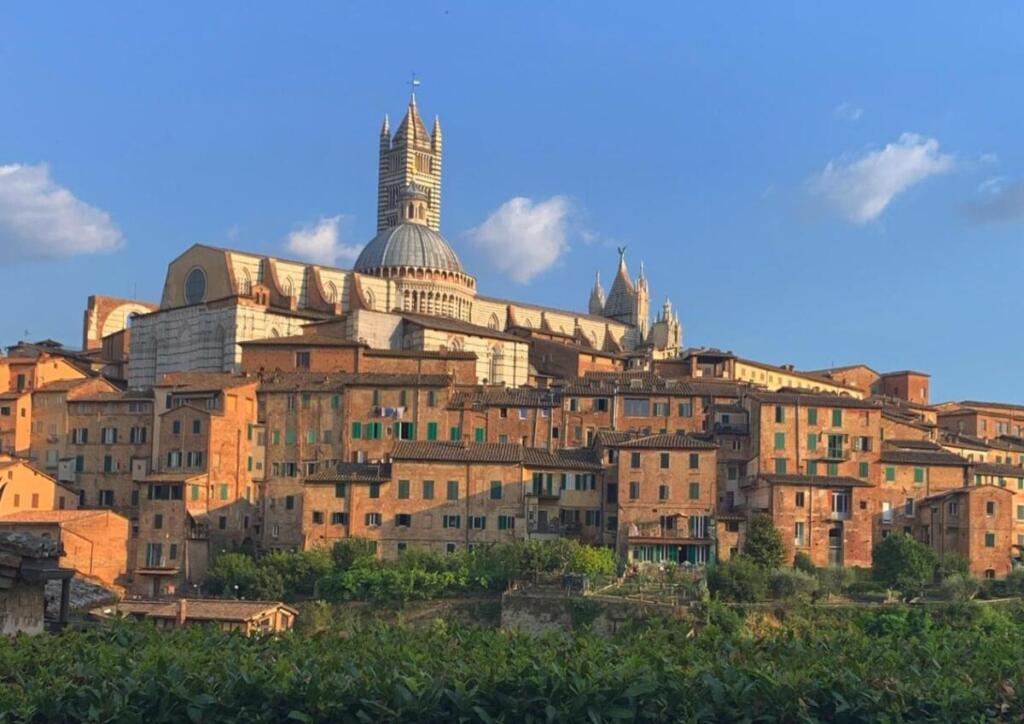
As the cars slowly entered Tuscany, the “Florence” ambiance by Tsemon Hsu gradually appeared before us. Clusters of clouds floated by the azure blue sky, just like those portrayed in oil paintings.
The white clouds seemed to be made of cheese, I thought, since there was no way for me to process these clouds from simple white sugar, or at least process it enough to achieve such a “light taste”.
The gentle breeze stirred the mountains, the rolling hills echoing a ceaseless rhythm; then the wind came to us, with the scents of green grass through the car windows.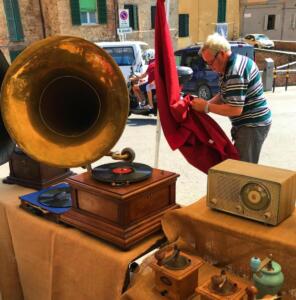
The car went up and downhill as the local driver turned around skillfully, then finally stopped in front of a row of yellow-brown medieval buildings.
There were almost no passers-by or vehicles around us, except for a few pigeons wandering with leisure on the empty square in front of the nearby church.
This is Siena, an ancient city that was once comparable to Florence.
But then Florence opened her arms to Renaissance, while Siena held fast to the medieval gothic dream.
The church bells of Siena always woke the city from its sleep, right on time. Although I had heard church bells elsewhere in Italy, they were covered by the loud chatter of tourists, making it an irritating atmosphere, lacking a sense of harmony.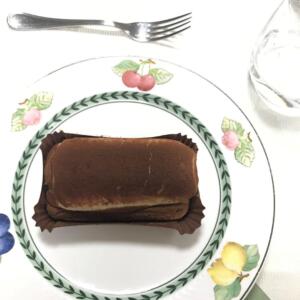
Siena is a city situated along a mountain ridge, with three main roads forming the shape of a “Y”. The Piazza del Campo was located exactly on the low ground of the center of it.
The Piazza del Campo is also called the “Shell Square” due to its shell-like shape. It is also in the shape of the big cloak of the Virgin Mary, blessing the believers of Siena.
At night, the square would always embrace a large group of people who came here to enjoy the coolness of the night in Siena or stare in a daze at the clock tower next to the town hall.
So peaceful was the picture, only occasionally interrupted by several children running around. The bars and restaurants behind the Shell Square set up tables outside, welcoming the diners into the colorful nightlife.
The Shell Square in the center of the “Y” shape, is undoubtedly the best starting point for travelling around Siena. You can go down any of the pathways without worrying about getting lost, for you will always be able to find your way back.
You don't have to identify the gothic fountains at the intersections—there are so many that they would drive you crazy. Here, in Siena, you will often come across special medieval ornaments in the windows of antique toy stores hidden on the side roads.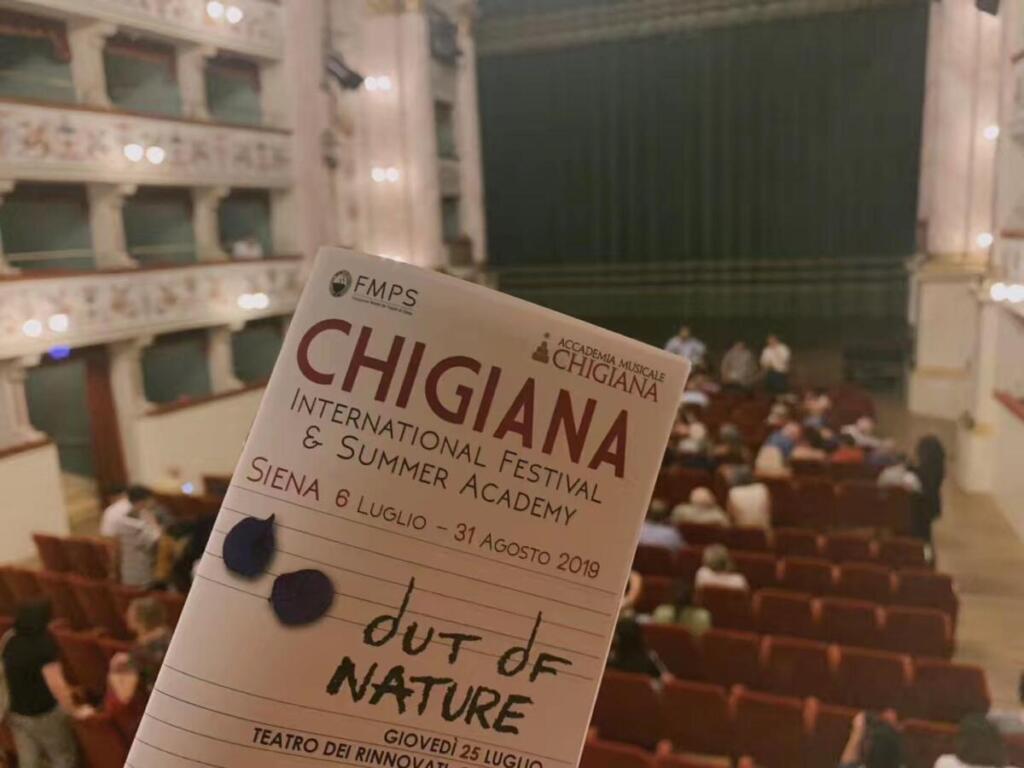
The grocery store owners pack the well-chosen fruits with “kraft paper”. The smell of coffee is always floating in the air. The Chinese restaurants deserve a mention (and an order), and the famous lover’s wishing basin—Brunda Fountain, is always longing for your visit.
Siena Cathedral stands at the highest place of the city where everyone can see it, like a beacon of light, guiding your way. If you plan on giving up the great chance of having ice cream and Siena’s tiramisu, only for your weight loss plan, it would definitely be a great shame to do so.
After all, there were no smooth roads in Siena, but many endless slopes preventing you from gaining weight.
Although this “bel canto” has seen its share of replays, the song “O sole mio” still played in a phonograph on the roadside, and the sung Italian, all reflected the magnificent glory of the past period of this “bel canto”.
The Siena Conservatory, formerly called the Chigiana Conservatory, was where I studied music in Italy. The Chigiana Conservatory is located in a gothic palace.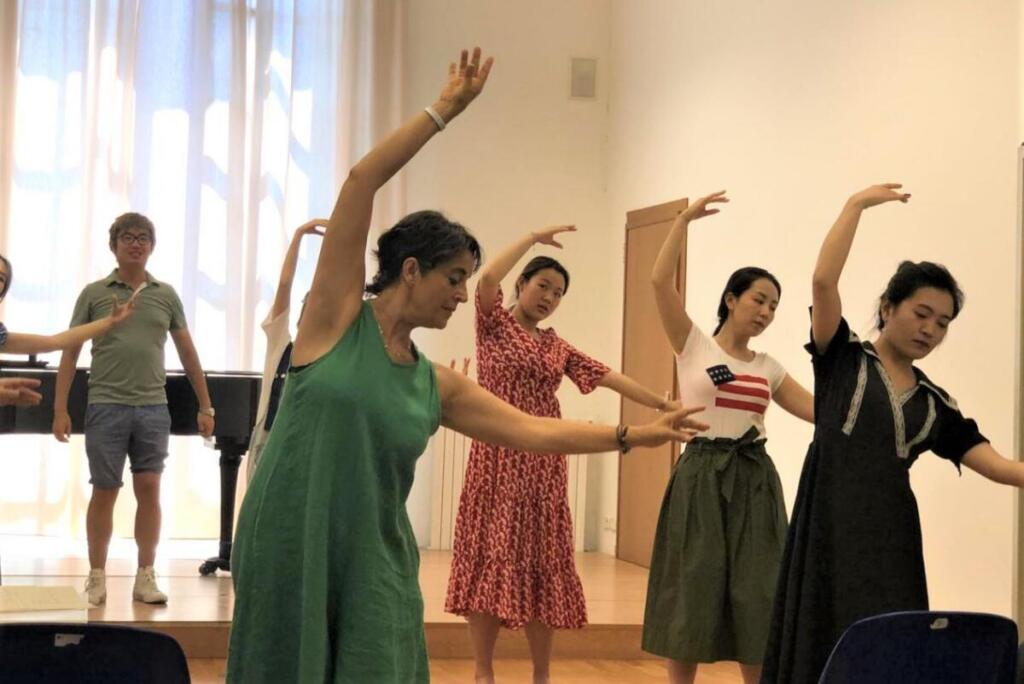
We luckily got an opportunity to visit the precious collection in the palace—Stella Stradivarius’s violin, Franz Liszt’s piano, Siena school paintings, Donatello’s Madonna and other art works.
There were remarkable performances at Siena’s theatres almost every week. In addition to the night concerts, professors from music schools all around the world also came to teach their music knowledge, all throughout the summer.
If you are a music lover, you must not miss the great chance and opportunity to visit Siena.
Siena is a special ancient city. Although its alleys are full of bustling people, when the church bell rings, an unspeakable magical power lands on the city, washing away its irritability and bringing back ease. I can’t tell you why.
Maybe the secret lies in the “blank” atmosphere left by the bells echoing in the air, or perhaps it was because of their tone. Gentle, soothing and not serious enough.








Follow us